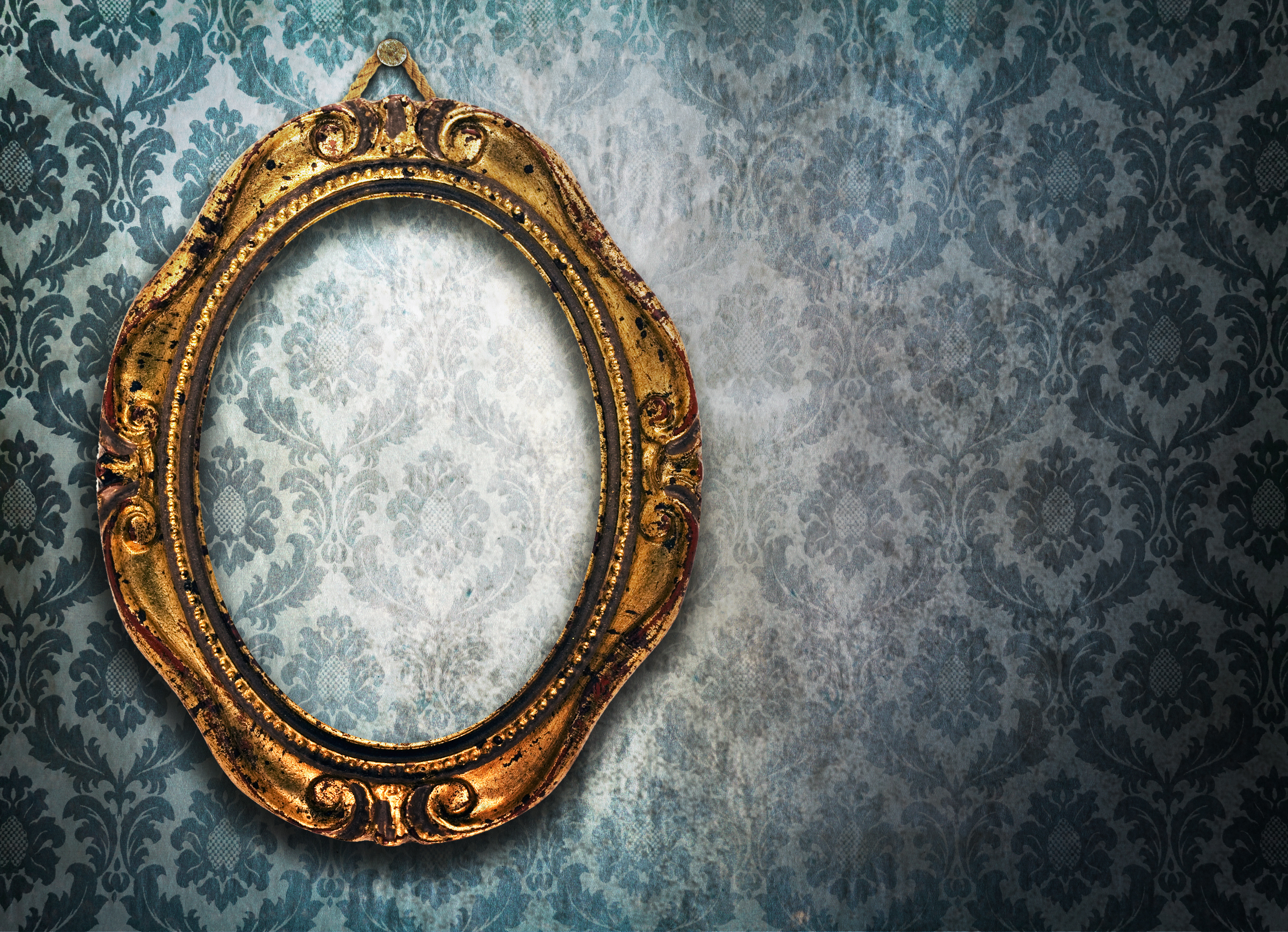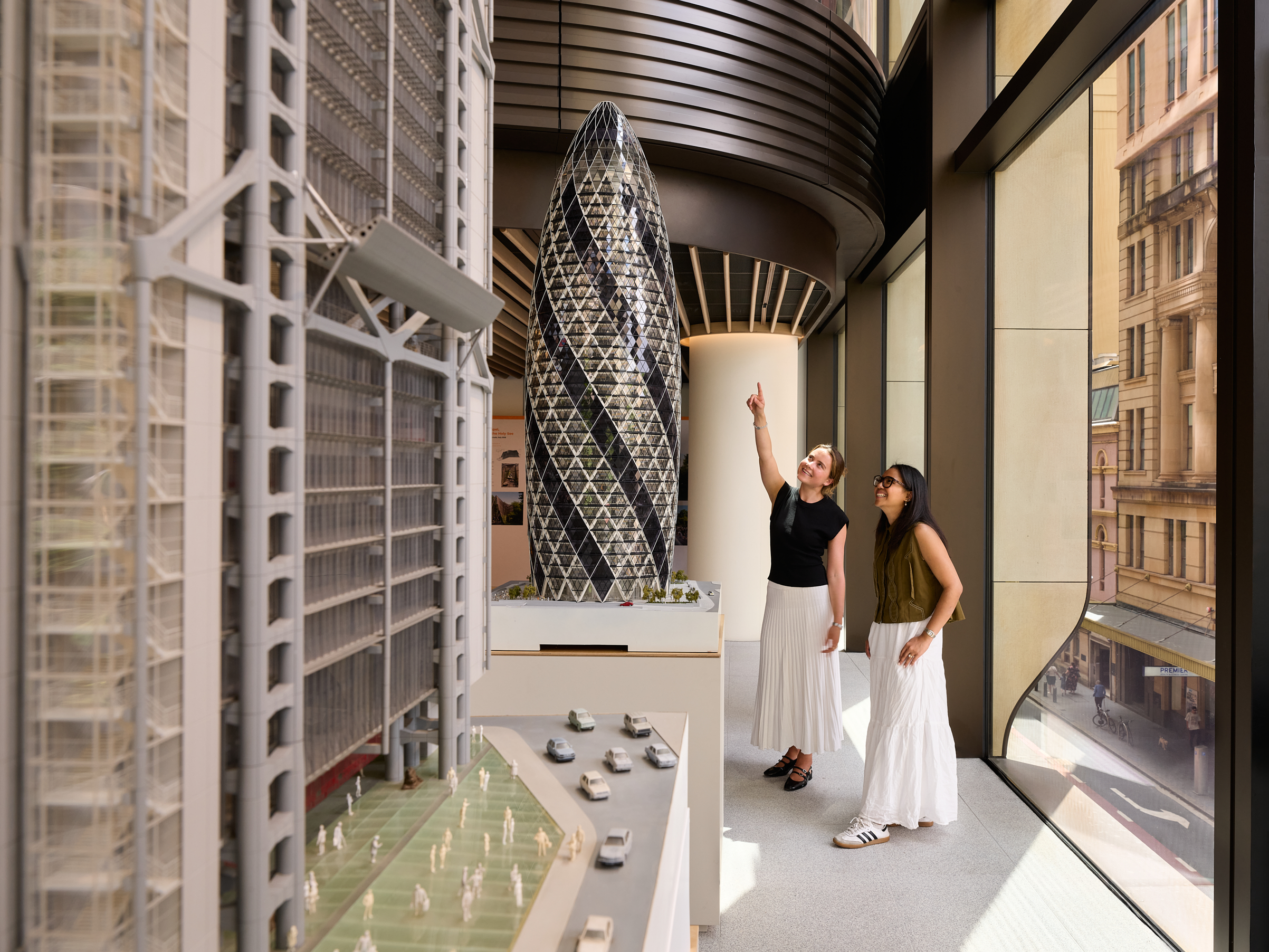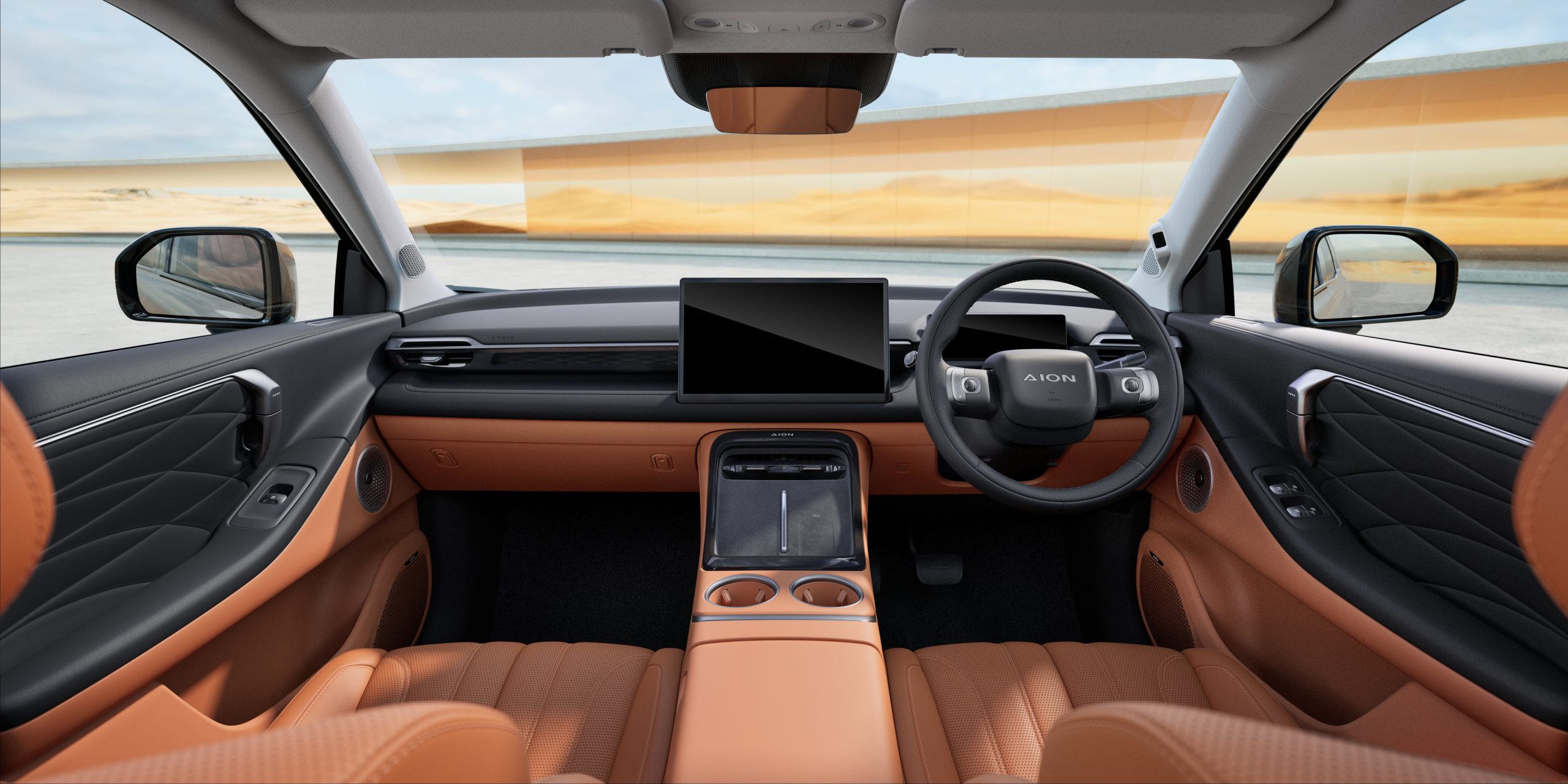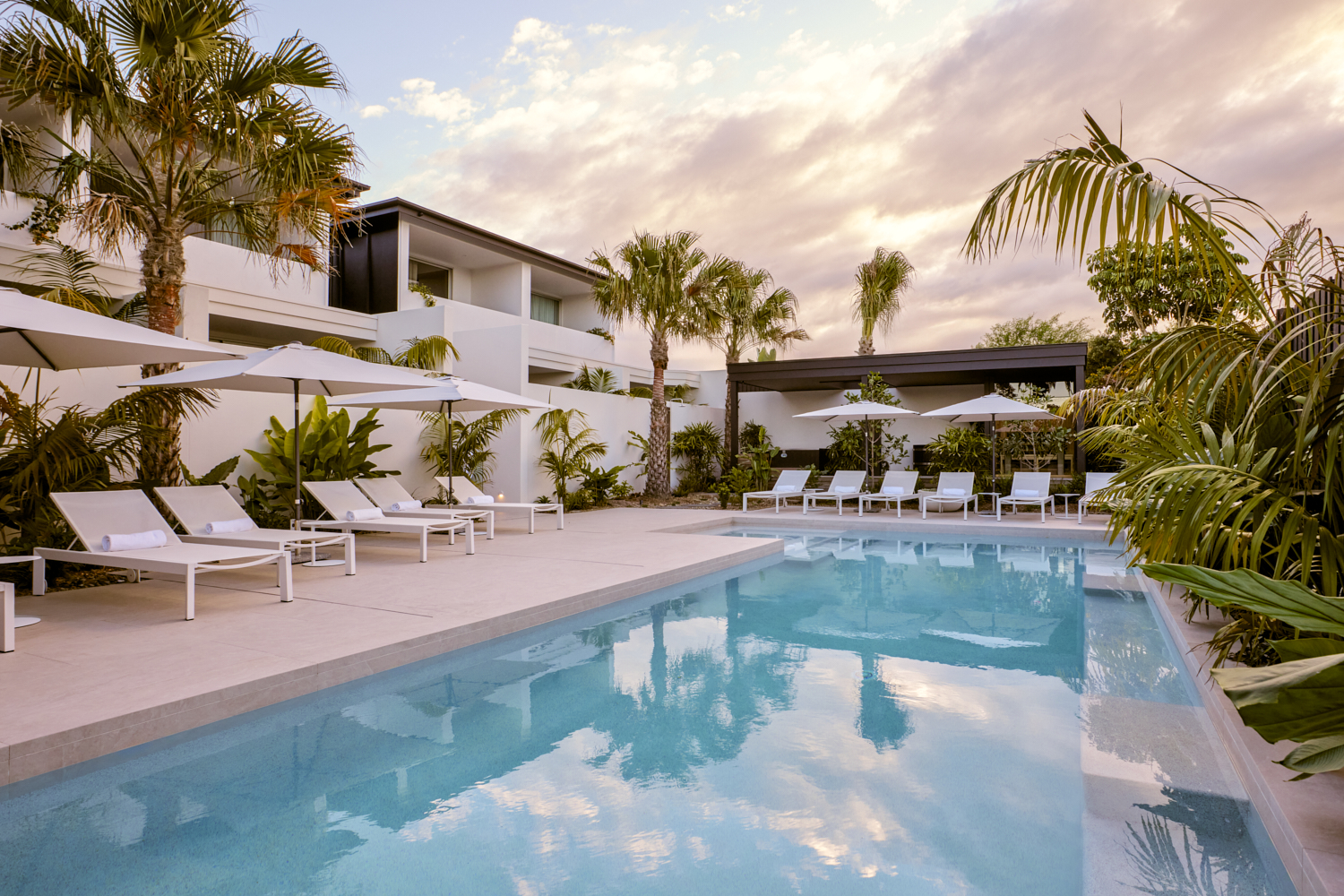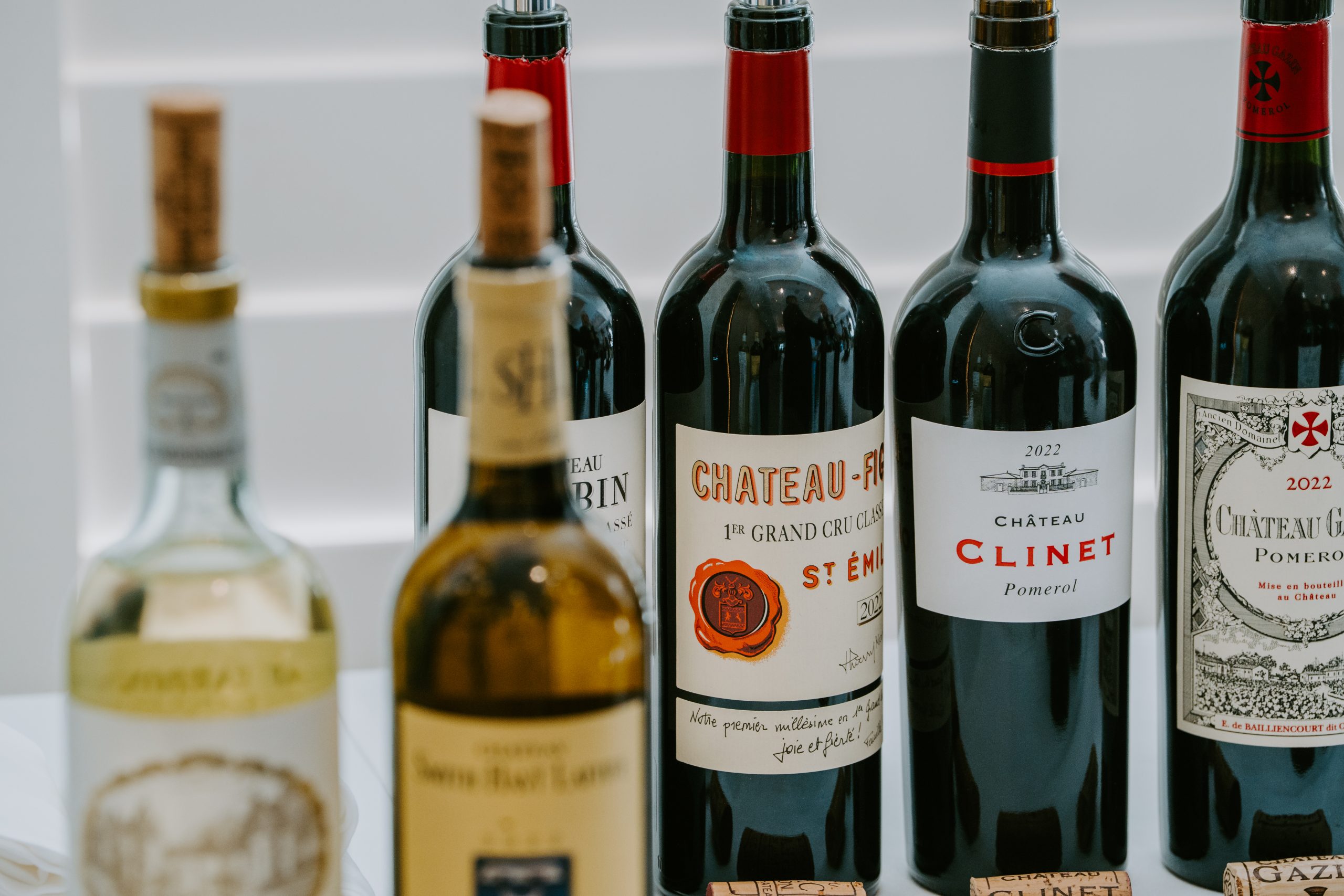‘Now It’s the Happiest Room in the House.’ Wallpaper Converts Share Their Stories.
Homeowners hesitate to install even undeniably gorgeous wallcoverings. Here, the stories of folks glad they conquered their wallpaper willies.
The idea of wallpaper elicits so much apprehension in homeowners, New York designer Francis Toumbakaris purposely uses the term “wallcovering” when speaking to clients about it. Yet decorating websites and media accounts teem with instances of the stuff. “It transforms a room and gives it personality,” said Casey Keasler, founder of design studio Casework, in Portland, Ore.
So what keeps folks from hanging the gorgeous material, and how do homeowners get over these wallpaper willies? Here, some case studies of conversions.
Hangup: It’s too pricey.
Budget concerns can hamstring homeowners. Home-services company Angi estimates that wallpaper can cost as much as $12 a square foot for labor and materials, while painting tops out at $6. “If the wall surface needs work beforehand, prices go up,” said Bethany Adams, an interior designer in Louisville, Ky. And Keasler notes that paper can cost as much as $400 a roll.
Antidote: Baby steps
New York designer Tara McCauley says homeowners can get more hang for their buck by using paper strategically. In an apartment in Brooklyn whose homeowners sweated the bottom line, she coated only the hallway with a dark-blue pattern inspired by Portuguese tiles. “It added so much impact,” McCauley said of the modest use. The designer adds that another way to save money is by hanging what she calls the gateway drug to wallpaper: patternless grass cloth. With no need to align a motif, the material goes up quickly and costs less to install, she says, “but it adds visual depth in a way plain paint never could.”
Hangup: I’ll get sick of it
A fear of commitment stops many would-be wall paperers, who worry about having a change of heart later. Erik Perez, a design publicist with his own firm in Los Angeles, campaigned hard for what he thought was the perfect old-Hollywood look for his and his husband’s dining room—a maximalist, leafy green wallpaper made famous by the mid-20th-century decoration of the Beverly Hills Hotel. His husband, Paul Hardoin, a voice-over actor, resisted. “Is it going to go out of style? Will I tire of it? Will it affect resale value?” he worried.
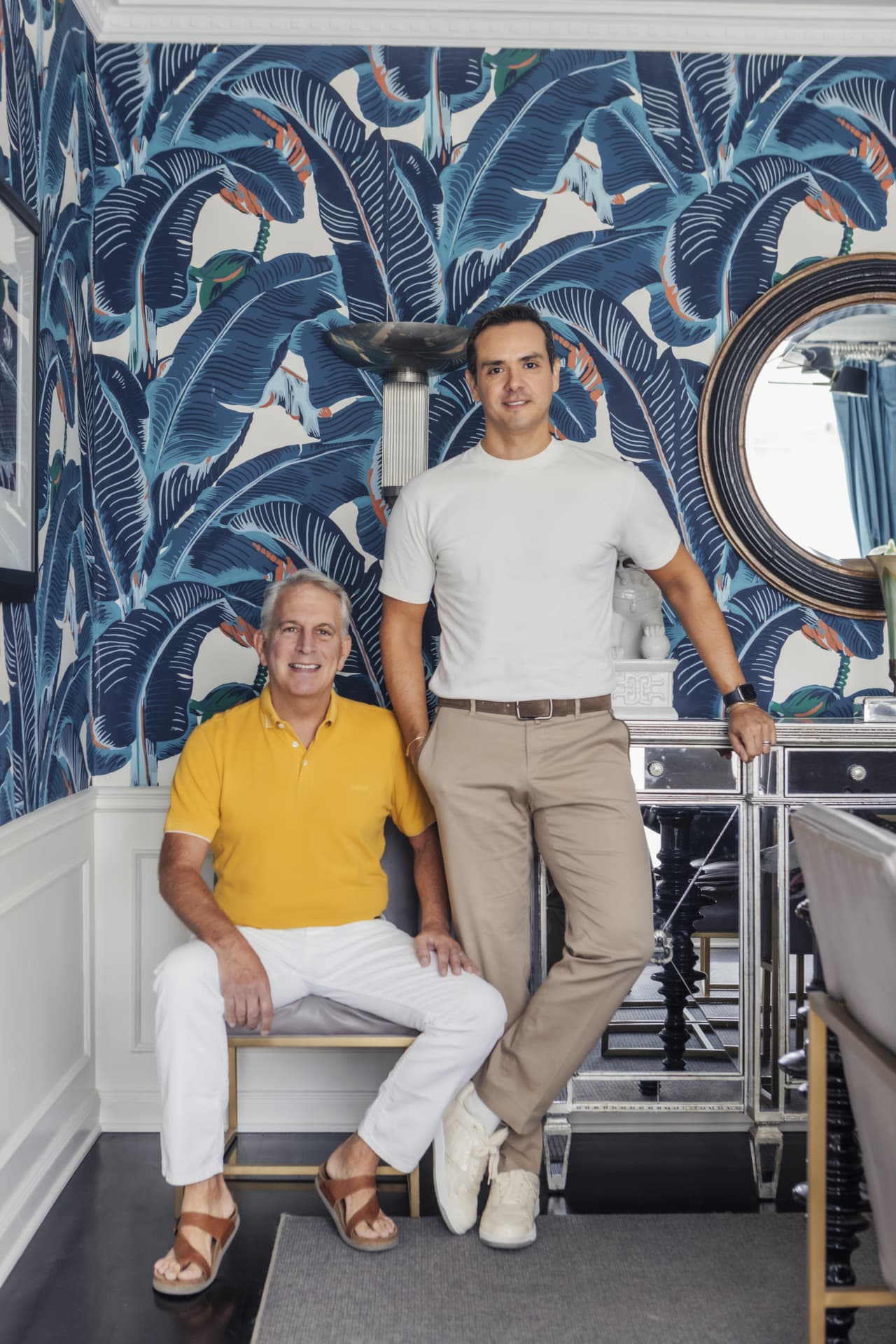
Antidote: Low-use spaces
Infrequently used rooms can carry a bold choice long-term. Of the Brooklyn hallway she wrapped in blue, McCauley noted, “It’s a pass-through, so you don’t get overwhelmed by a bold pattern.” Ditto powder and dining rooms, like that of Perez, who said, “We only used that room when we were entertaining and it was too cold to be outside.”
It took three years, but Hardoin caved when the banana-leaf pattern became available in blue. “I thought it looked cool,” Hardoin said. He took the leap, knowing his sister Annette Moran (a wallpaper enthusiast) would be their DIY installer. “Now it’s the happiest room in the house,” he said.
Hangup: It’s dated
When Sarah and Nate Simon bought a historic home in Louisville, Ky., the walls sported oppressively dark patterns, including big, repeating medallions set in a grid. Sarah recalls thinking, “ ‘Not this! What’s the opposite of this?’ In my mind that would be paint.” Even for folks who haven’t pulled down awful examples, “the word ‘wallpaper’ can take them back to flowery patterns of the ’50s and ’60s that feel very dated,” said Toumbakaris.
Antidote: Modernity
“Wallpaper does not mean what it used to. It can be meandering, abstract, ombre or sisal,” said Simon’s interior designer, Bethany Adams. She suggested a sophisticated Chinoiserie that New York designer Miles Redd, in a collaboration with Schumacher, updated with an aqua colorway. Adams explains that like most Chinoiseries, this pattern doesn’t repeat for more than 8 feet. “You get a peripatetic design that keeps the eye engaged,” she said. “It’s looser.” Said Simon of her dining room today, “It’s a complete transformation, like art on my walls.”
Stereotypes of fusty florals and pitiless patterns fall away when designers present homeowners with contemporary picks. Still, sometimes the conversion takes time. One of Keasler’s clients, gun-shy after removing old paper, came back a year later, ready. “We chose a clean classic style that was graphic and minimal for a modern edge in the bathroom,” said the designer.
 Copyright 2020, Dow Jones & Company, Inc. All Rights Reserved Worldwide. LEARN MORE
Copyright 2020, Dow Jones & Company, Inc. All Rights Reserved Worldwide. LEARN MORE
Records keep falling in 2025 as harbourfront, beachfront and blue-chip estates crowd the top of the market.
A divide has opened in the tech job market between those with artificial-intelligence skills and everyone else.
GAC unveils Australian specifications for its all-electric AION V SUV, combining global design and next-gen battery technology.
The wait is over. GAC has confirmed the Australian specifications for its all-electric medium SUV, the AION V, available in Premium and Luxury trims.
From mud baths to herbal massages, Fiji’s heat rituals turned one winter escape into a soul-deep reset.
When the Writers Festival was called off and the skies refused to clear, one weekend away turned into a rare lesson in slowing down, ice baths included.









